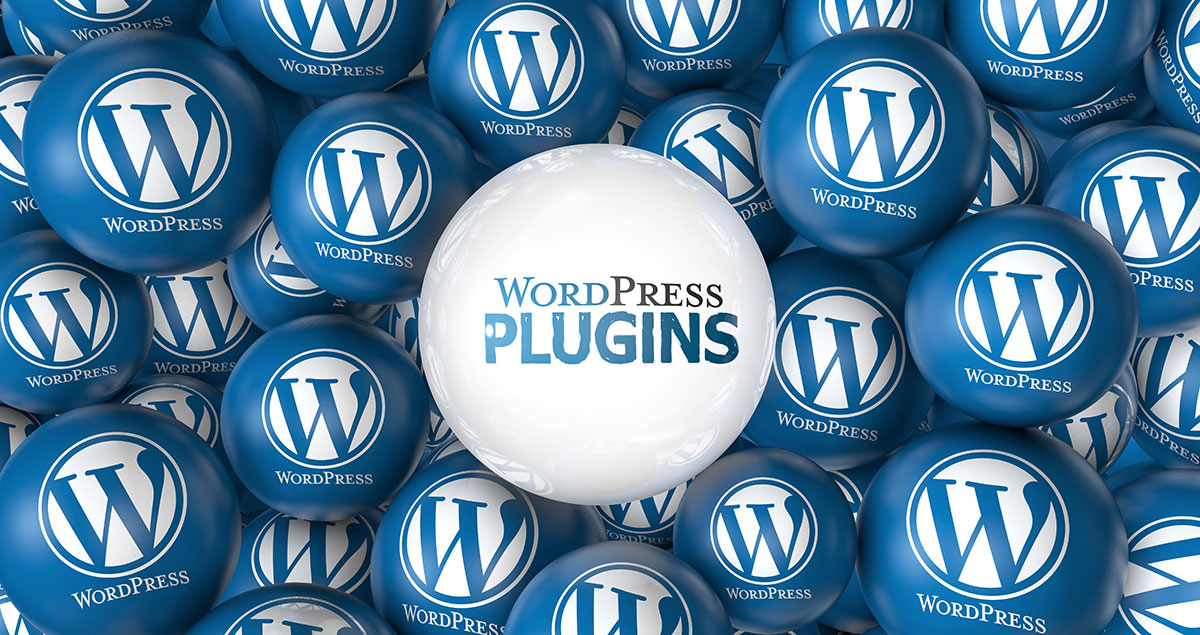When WordPress Plugins Conflict with Each Other: Causes, Symptoms, and Solutions

WordPress plugins are the backbone of most modern websites. They allow you to extend your site’s functionality without writing custom code, whether you’re adding eCommerce features, contact forms, SEO tools, or security enhancements. But as powerful as plugins are, they don’t always play nicely together. Plugin conflicts are one of the most common and frustrating issues WordPress users face.
In this article, we’ll explore why plugin conflicts happen, how to recognize the symptoms, and what you can do to fix them.
Why Do WordPress Plugins Conflict?
There are over 60,000 plugins in the WordPress.org repository—not including commercial plugins. Each one is developed independently, with its own coding standards, features, and compatibility assumptions. This creates a perfect storm for potential conflicts. My rule of thumb is also that less is more. If a plugin isn’t necessary, delete it.
Here are the most common causes:
1. Overlapping Functionality
When two plugins try to do the same thing (like caching, SEO, or image optimization), they can override each other or fight for control, leading to bugs or site crashes. If you find that you like some of what one plugin does and some of what another does, see if you can find a third alternative to do what you need.
2. JavaScript Conflicts
Many plugins load their own JavaScript libraries or scripts. If they aren’t written carefully, they can conflict with other scripts loaded on the page, breaking the layout or functionality (like forms, sliders, or popups).
3. Outdated Plugins
An outdated plugin may not be compatible with the latest version of WordPress or with other updated plugins.
4. Poor Coding Practices
Some plugins use outdated PHP functions, load resources globally instead of conditionally, or make changes to core files, all of which can interfere with other plugins or themes.
5. Theme Compatibility Issues
Conflicts aren’t always between plugins, sometimes it’s a plugin conflicting with a poorly coded theme or a theme using the same function names as a plugin.
Symptoms of Plugin Conflicts
- Admin area features stop working (like drag-and-drop or image uploads)
- Pages take longer to load or fail to load entirely
- JavaScript features stop functioning (sliders, modals, forms, etc.)
- Plugin settings panels vanish or throw errors
- Forms or checkout processes fail to submit properly
- Your site suddenly breaks or displays the “white screen of death”
Step 1: Backup Your Site
Before you do anything, make a full backup of your WordPress site (files and database). Two of my favorite backup plugins are BackupBuddy and Updraft Plus.
Step 2: Check for Plugin Updates
Make sure all plugins and WordPress core are up to date. Developers often release compatibility fixes and bug patches. Check to see if your issue is resolved. If not, continue on to step three.
Step 3: Enable Debugging
If you don’t feel comfortable digging into the code, contact your web developer to assist you. If you want to try it yourself, (but please understand that breaking php code will take your site down) find your wp-config.php file. Then turn on debugging by changing the following lines of code.
define( ‘WP_DEBUG’, true );
define( ‘WP_DEBUG_LOG’, true );
define( ‘WP_DEBUG_DISPLAY’, false );
Check the wp-content/debug.log file to look for error messages.
Step 4: Deactivate All Plugins
Step 5: Reactivate Plugins One by One
Turn each plugin back on individually, testing the site after each one. When the issue reappears, you’ve likely found the problematic plugin. From there you can decide how necessary the plugin is, contact the plugin developer to see if they plan a fix in the near future or you can find another one that will accomplish the same goal. I’ve found that some plugin developers are good at getting back to users but plenty are not.
How to Prevent Plugin Conflicts
Turn each plugin back on individually, testing the site after each one. When the issue reappears, you’ve likely found the problematic plugin. From there you can decide how necessary the plugin is, contact the plugin developer to see if they plan a fix in the near future or you can find another one that will accomplish the same goal. I’ve found that some plugin developers are good at getting back to users but plenty are not.
- Avoid plugin overload. Only install the plugins you truly need. The fewer plugins, the fewer potential conflicts.
- Stay updated. Keep plugins, themes, and WordPress core up to date or hire me to do your maintenance!
- Use reputable plugins. Once a year I do a plugin audit to make sure that all my plugins have been updated within the last year.
- Don’t mix too many builders or add-ons. As fun as they are, too many can cause significant issues. Most give you the option to turn off items you aren't using so make sure you go into the settings and select only the ones being used.
Final Thoughts
Plugin conflicts are an inevitable part of working with WordPress but they don’t have to be a nightmare. With a little care, good plugin hygiene, and a structured troubleshooting approach, you can fix issues quickly and keep your site running smoothly. Need help? Please contact me and let’s get started!
Own a website you're proud of!
Proudly building affordable WordPress websites in Seattle for 14 years.
Connect
© 2025 Flip Flop Freelance, LLC | Seattle, WA